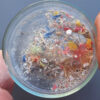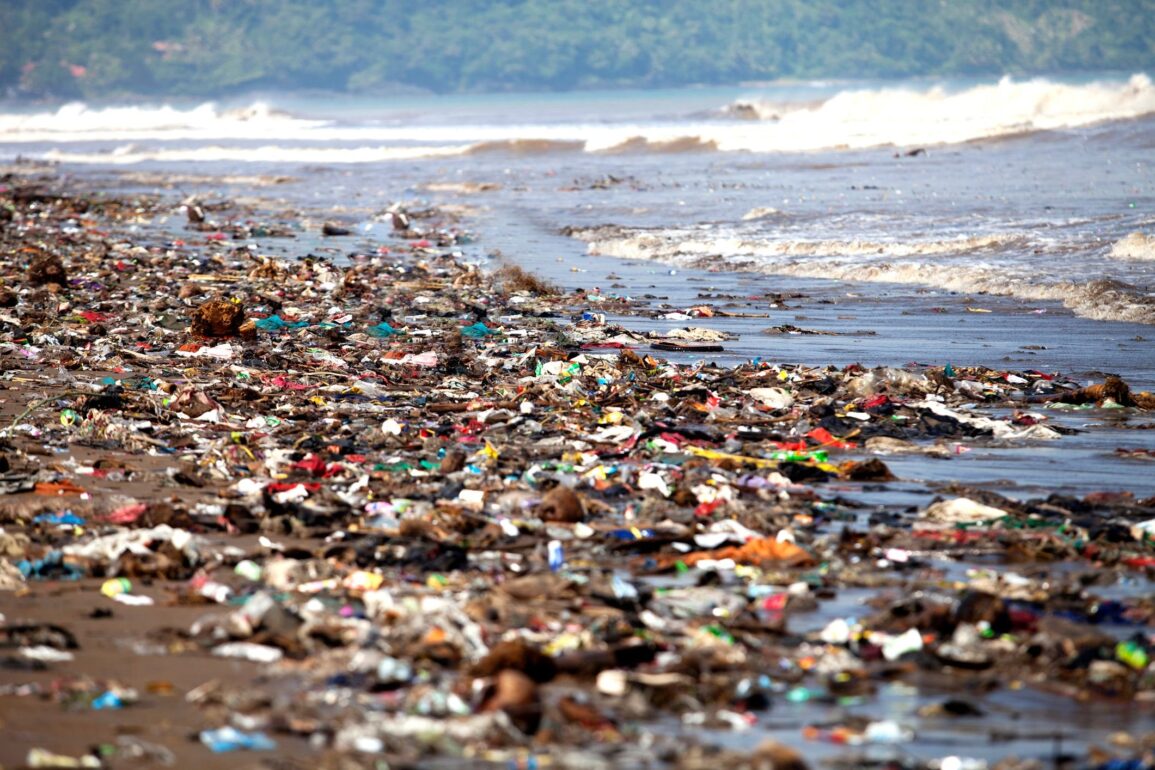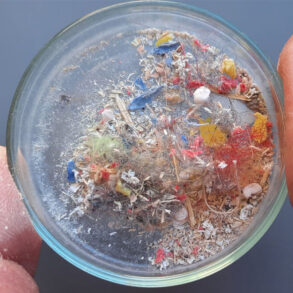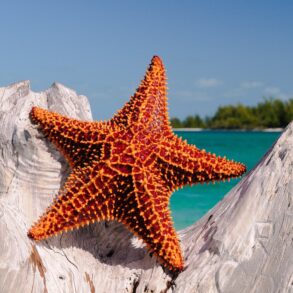The scale of microplastic pollution in the Arctic and Antarctic is an alarming sign, as it directly points to the global nature of the plastic waste problem. Pollution of the seas with microplastics can harm marine life and, indirectly, humanity. Marine animals that ingest microplastics may experience physical damage or toxicity, which can further impact the food chain, including food consumed by humans.
The work of Russian scientists in this area provides valuable data that will help better understand the distribution of microplastics and their impact on various ecosystems. Their efforts to sample and analyze microplastics will help identify key areas of pollution and possibly indicate the main routes of its distribution in the polar regions.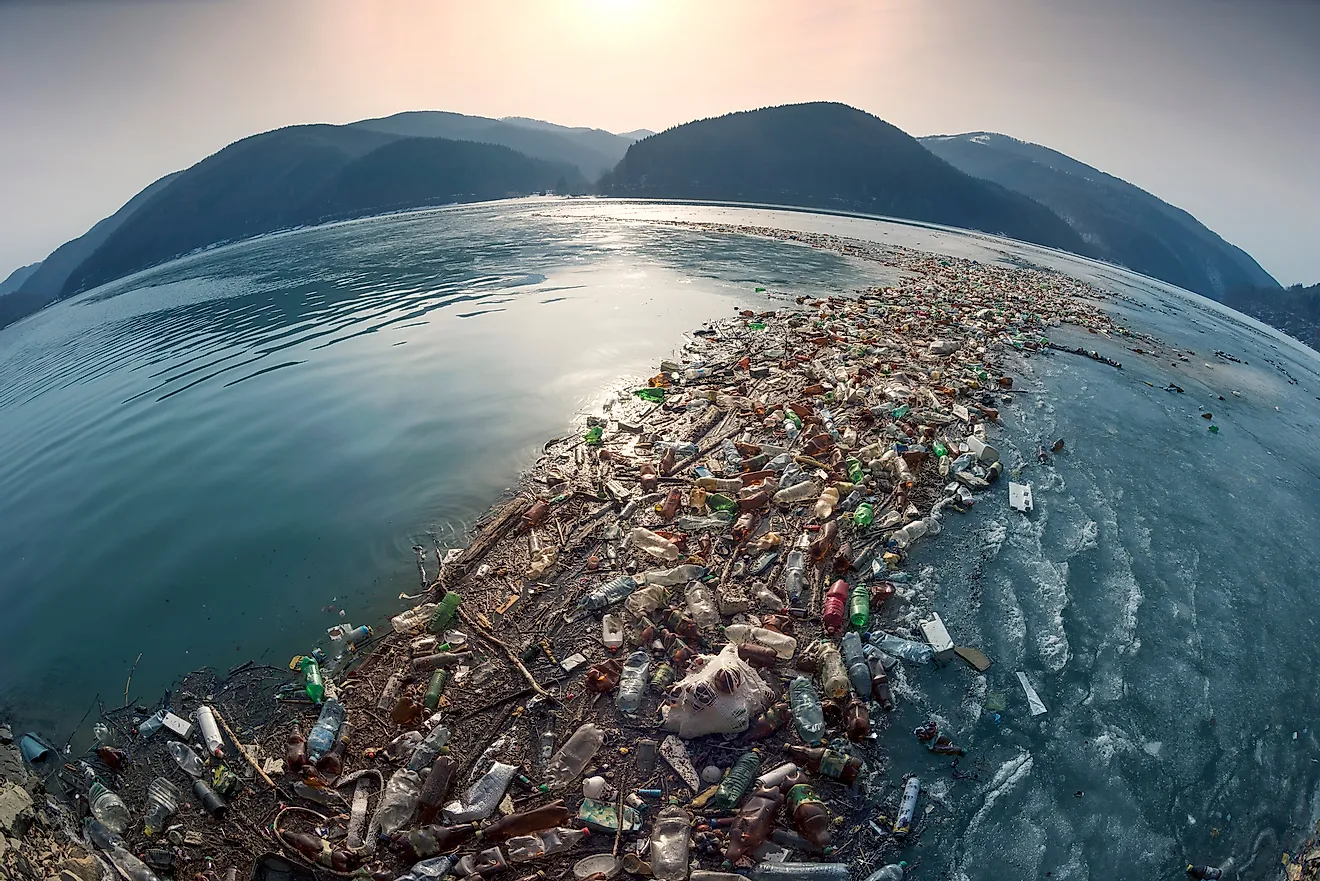
Sampling and analysis are key to developing strategies to reduce microplastic levels by identifying sources and routes through which they enter the marine environment. Tracking the movement of microplastics through ocean currents could also help scientists predict which regions might be affected in the future and develop measures to prevent further pollution.
Additionally, tracking changes in microplastics over time can serve as an indicator of the effectiveness of waste management and environmental protection efforts already in place. The development of new sampling methods and improved laboratory techniques are increasing the ability to monitor and better understand this problem.
Unfortunately, even remote and seemingly unpolluted areas of the planet are under threat due to the fact that plastic knows no boundaries and can travel long distances with ocean currents and wind. Supporting and expanding international cooperation to monitor and reduce plastic pollution is key to addressing this global environmental challenge.


